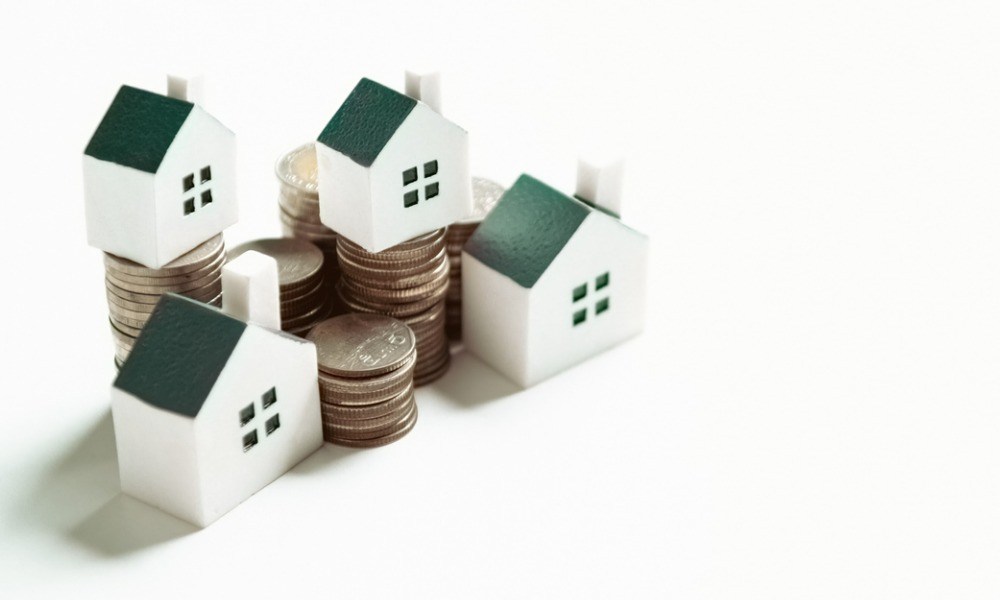Revised outlook points to slow sales recovery

Existing home sales are expected to remain under pressure as rising mortgage rates and persistent inflation dampen market activity, according to the November commentary from Fannie Mae's Economic and Strategic Research (ESR) Group.
The group now projects existing home sales to grow by only 4% in 2025, a downgrade from its earlier forecast of an 11% increase. The 2024 pace of existing home sales is on track to hit a nearly 30-year low.
Although sales rose 2.9% in October compared to the same month in 2023 — the first annual increase in over three years — the long-term outlook remained cautious. The National Association of Realtors (NAR) reported that October’s seasonally adjusted annual sales pace was 3.96 million, up 3.4% from September, but the ESR Group sees ongoing challenges ahead.
“Long-run interest rates have moved upward over the past couple months following a string of continued strong economic data and disappointing inflation readings,” Fannie Mae chief economist Mark Palim said in the commentary. “To the extent that the recent run-up in rates has been driven by market expectations of stronger economic growth, we think this bodes well for the labor market outlook and home purchase demand.”
The ESR Group had previously forecast mortgage rates dipping below 6% by early 2025. However, the updated outlook now anticipates rates ending 2025 at 6.3% and remaining above 6% through 2026. The elevated rate environment is expected to prolong affordability challenges, which continue to constrain housing activity.
“However, we expect inventories of homes added to the market, and therefore sales of existing homes, to remain subdued through next year, as the higher mortgage rate environment is likely to strengthen the ongoing lock-in effect,” Palim added.
Despite these near-term challenges, the ESR Group projects a rebound in 2026, with existing home sales forecast to grow by 17% in 2026. Homebuilders’ willingness to offer buyer incentives was cited as a key factor in supporting new construction activity. These measures aim to offset higher borrowing costs and attract buyers who may otherwise stay sidelined in the current market.
Read next: How brokers and lenders can tap into a ‘seismic shift’ underway in minority homebuying
Meanwhile, Fannie Mae’s 2026 GDP growth outlook is projected to align with the long-run trend of approximately 2.2%. Core inflation is expected to stay elevated in the short term but is forecast to reach the Federal Reserve’s 2% target by the second quarter of 2026. However, the ESR Group anticipates less monetary policy easing in 2025 than previously forecast.
While strong economic data bodes well for the labor market and future home purchase demand, the balance between competing factors like high rates and pent-up demand will shape the market’s trajectory in the coming years.
“How these competing forces balance out is currently an open question, but for now we continue to expect affordability to remain the primary constraint on housing activity through our forecast horizon,” Palim said.
Stay updated with the freshest mortgage news. Get exclusive interviews, breaking news, and industry events in your inbox, and always be the first to know by subscribing to our FREE daily newsletter.



